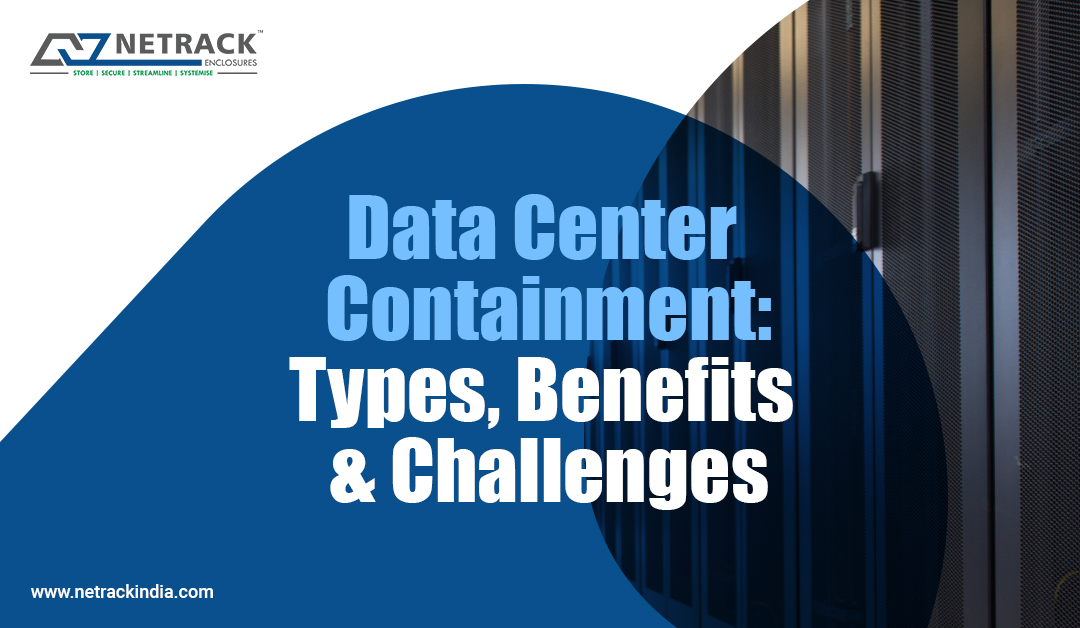
Data Center Containment: Types, Benefits & Challenges
cold aisle containment manufacture
hot aisle containment manufacture
We are living in a world where the objective of every IT company is to turn data into information and information into insight. In such scenarios, data centers stand as the backbone of operations for such organizations. Hence, it is obvious that optimizing data center efficiency is no more a choice but the only option to ensure seamless functioning of critical factors such as cooling efficiency, airflow management, and adaptability to evolving demands. One of the key solutions emerging in this realm is data center containment, which aims to customize airflow dynamics to fit the unique needs of each data center environment.
Understanding the need for containment solutions
Since the operational efficiency of a data center is crucial in any IT ecosystem, the need for effective solutions is also increasing. The focus is on increasing the efficiency with which temperature fluctuations can be managed in data centers while optimizing energy consumptions.
Here, containment solutions serve as robust mechanism to separate cold air supply from hot exhaust air, thus stabilizing temperatures and enhancing equipment performance. By reducing energy consumption and improving cooling efficiency, containment solutions contribute significantly to the agility and sustainability of data center operations.
Types of containment solutions
Primarily there are two types of containment solutions that dominate the market: Cold Aisle Containment (CAC) and Hot Aisle Containment (HAC). CAC surrounds the cold aisle with ceiling panels and doors, ensuring a uniform flow of cold air to maintain equipment stability. On the other hand, HAC channels hot air away from equipment, preventing it from impacting overall thermal conditions.
Benefits and challenges
Containment solutions offer a plethora of benefits, including improved cooling efficiency, reduced energy consumption, and enhanced equipment performance. However, implementing these solutions comes with its set of challenges, such as ensuring proper airflow management and addressing issues like hot spots and air leakage.
Netrack’s approach towards airflow management
Netrack, a leading provider of data center solutions, recognizes the diverse needs of data centers and offers tailored containment solutions to address them effectively. By segmenting issues into five distinct zones and providing specialized solutions like brush tiles, Racks mounted on plinths equipped with Air-seal kits, Blank Panel and Brush Module, Air-Diverter kit and lastly the containment solution. Netrack ensures comprehensive airflow management tailored to each data center’s requirements.
Choosing wisely: CAC vs. HAC
Netrack being both cold aisle containment manufacture and hot aisle containment manufacture points out to the fact that making a choice among the two depends on various factors, including the size of the data center and the intensity of equipment usage. While CAC is ideal for larger data centers with extensive rack deployments, HAC offers a cost-effective solution for smaller setups with fewer racks.
Enhancing Containment Efficiency
Netrack’s commitment to optimizing containment efficiency extends to structural design, customized blanking panels, vertical curtains, and smart door solutions. These measures ensure minimal mixing of hot and cold air, thereby maximizing cooling efficiency and equipment performance. As data centers continue to evolve in complexity and scale, the importance of containment solutions in ensuring optimal efficiency cannot be overstated. By understanding the unique needs of each data center environment and offering customized containment solutions, providers like Netrack play a crucial role in shaping the future of data center infrastructure. Investing in efficient containment solutions not only enhances operational efficiency but also paves the way for sustainable and resilient data center ecosystems.




